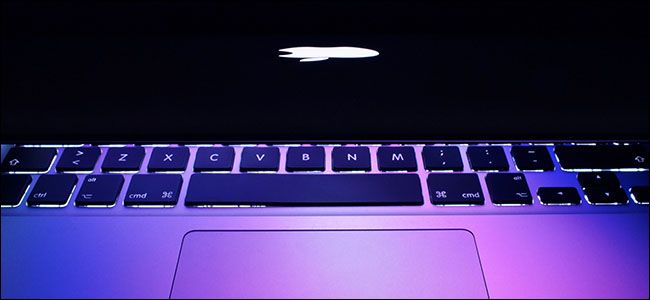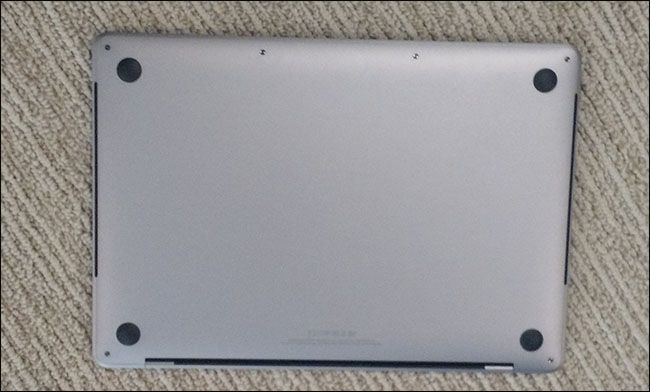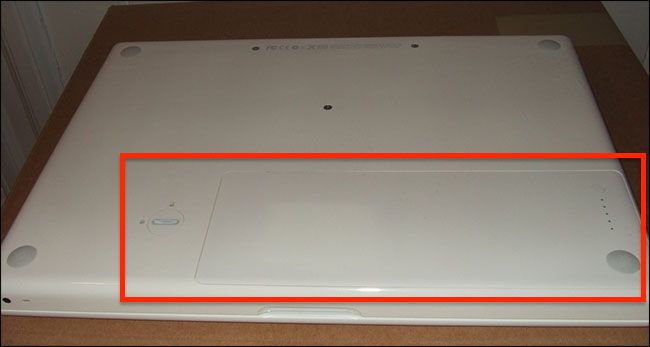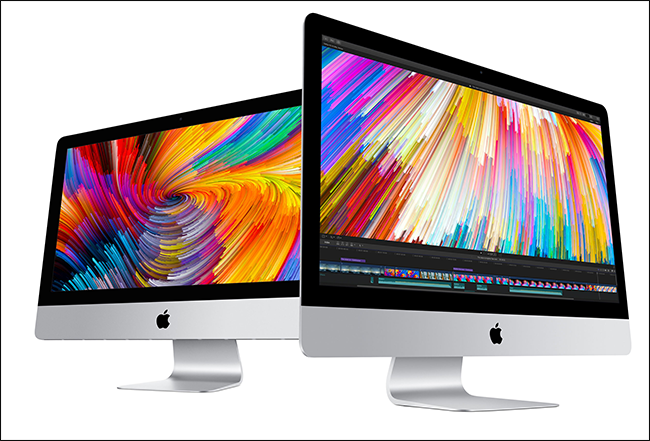Quick Links
Your Mac is acting funny, and you've tried everything: restarting your computer, resetting the NVRAM, and all the tricks that speed up a slow Mac. You even ran 50+ diagnostics at once to see what's going on, and yet you find nothing. What's the next step?
You could try resetting the SMC, or System Management Controller, as a last resort. The SMC manages low level settings, like thermal and battery management. It's rare, but problems with the SMC can effect performance, and also cause bugs like fans that run constantly even when CPU usage isn't high. If you're having problems, and have tried everything else, resetting the SMC is a logical next step.
The exact method for doing this varies depending on your Mac. Any Mac laptop made since 2009 doesn't have a removable battery, meaning you'll need a keyboard shortcut to get the job done. Mac desktops, meanwhile, basically just need to be unplugged. We'll discuss all your options.
What Does the SMC Actually Do?
Some functionality of your Mac works regardless of whether it's turned on. For example: when you plug in the power supply for your Mac laptop, the lights on the charger work even if your Mac is completely shut down. It's the SMC that makes this possible.
Here's a complete list of what the SMC does, straight from the Apple website :
- Responding to presses of the power button
- Responding to the display lid opening and closing on Mac notebooks
- Battery management
- Thermal management
- SMS (Sudden Motion Sensor)
- Ambient light sensing
- Keyboard backlighting
- Status indicator light (SIL) management
- Battery status indicator lights
- Selecting an external (instead of internal) video source for some iMac displays
If any of these functions are behaving oddly, resetting the SMC could solve it. But problems with the SMC can also occasionally affect system performance. If your Mac runs slowly even when Activity Monitor doesn't show a lot of CPU usage, and you've tried a number of other steps, resetting the SMC might help.
Is Your Battery Removable?
Resetting the SMC works slightly differently on older MacBooks, which offered removable batteries. It's easy to determine whether your MacBook has a removable battery: just look at the bottom. If you see a single piece of metal, with no slider for removing the battery, your battery is not considered removable for the sake of this tutorial.
If, however, you can see a crack outlining a rectangular section, and there's some mechanism for opening something nearby, you've got a removable battery.
According to Apple, the following models do not offer a removable battery.
- Every MacBook Pro made after late 2009.
- Every MacBook Pro with Retina
- Every MacBook Air
- Every MacBook made since 2009
Like we said: it's been a long time since Apple laptops had removable batteries. Odds are yours doesn't. But resetting the SMC works differently depending on whether you have one, so determine that before proceeding.
Resetting the SMC on a Mac Laptop Without Removable Batteries
Update: If you have a newer Mac with an Apple T2 Security Chip (found in many Macs released in 2018 or later), you'll need to use a slightly different process to reset your Mac's SMC.
If you have a MacBook without a removable battery, you can reset the SMC by turning on your computer while holding a specific keyboard shortcut. Here's what to do.
- Unplug the power, then shut down your Mac.
- Hold the left Shift+Control+Option keys down, then press and hold the power button down. Keep all four buttons pressed down for ten seconds, then let go.
- Plug the power cable back in, then turn on your Mac.
The SMC is now reset.
Resetting SMC on an Older Mac Laptop With Removable Batteries
If you have an older MacBook with a removable battery, the keyboard shortcut outlined above will not work. Here's what you have to do instead.
- Shut down your Mac.
- Remove the battery.
- Press and hold the power button for five seconds, then re-connect both the battery and the power. Turn on your Mac.
Your SMC is now reset.
Resetting SMC on a Mac Desktop
If you have an iMac, a Mac Mini, or a Mac Pro, resetting the SMC is dead simple:
- Shut down your Mac, then unplug the power cable.
- Wait 15 seconds.
- Plug the power cord back in, then turn on your Mac.
The SMC is now reset.
Photo Credits: cdelmoral, Rob DiCaterino




